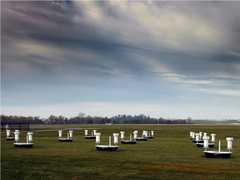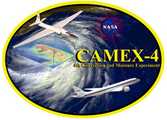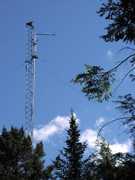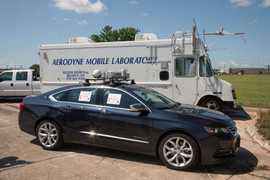The Atmospheric Emitted Radiance Interferometer (AERI) is a ground-based passive interferometer developed by the University of Wisconsin Space Science and Engineering Center (UW-SSEC) for the Department of Energy (DoE) Atmospheric Radiation Measurement (ARM) Program. It uses Fourier transform spectroscopy to measure downwelling thermal infrared emissions from the atmosphere. These measurements can be used to provide profile measurements of atmospheric temperature and water vapor and detect trace gases. AERI operates across the 3.3-19 μm spectral range and up to 25 μm for the extended range version of the instrument. It has an optimal vertical resolution of 100 meters and completes a full sky scan about every 20 seconds.

Instrument Details
- Spectrometer/Radiometer
- Earth Science > Atmosphere > Atmospheric Chemistry > Trace Gases/trace SpeciesEarth Science > Atmosphere > Atmospheric Water VaporEarth Science > Atmosphere > Atmospheric Water Vapor > Water Vapor ProfilesEarth Science > Atmosphere > Atmospheric Temperature > Upper Air Temperature > Vertical ProfilesEarth Science > Atmosphere > Aerosols > Aerosol Optical Depth/thicknessEarth Science > Spectral/engineering > Infrared Wavelengths > Brightness TemperatureEarth Science > Atmosphere > Atmospheric TemperatureEarth Science > Atmosphere > Clouds > Cloud Microphysics > Cloud Optical Depth/thickness
- Full Column Profile
- 20 s
- 100 m
- 15.8-90.8 THz, 12 THz
- https://doi.org/10.1175/JTECH-1662.1
Jonathan Gero, Denny Hackel
Jonathan Gero, Denny Hackel
University of Wisconsin
DoE
data center outside NASA
Filter data products from this instrument by specific campaigns, platforms, or formats.











